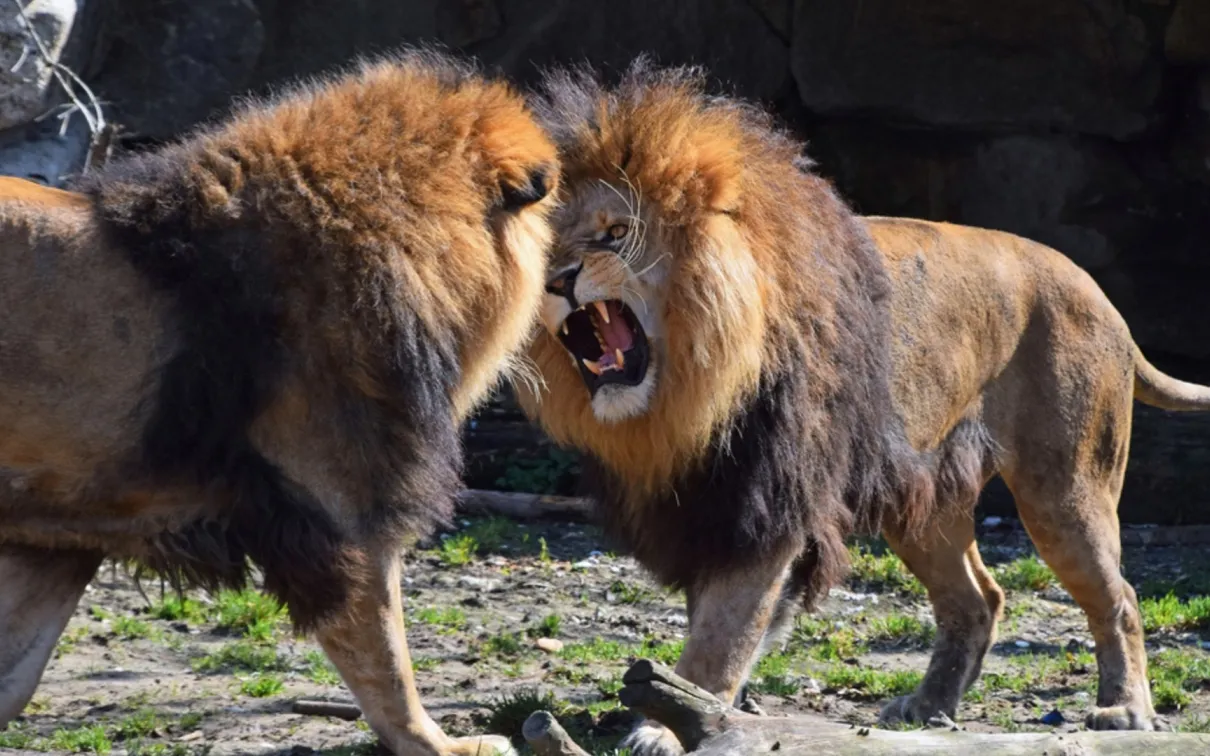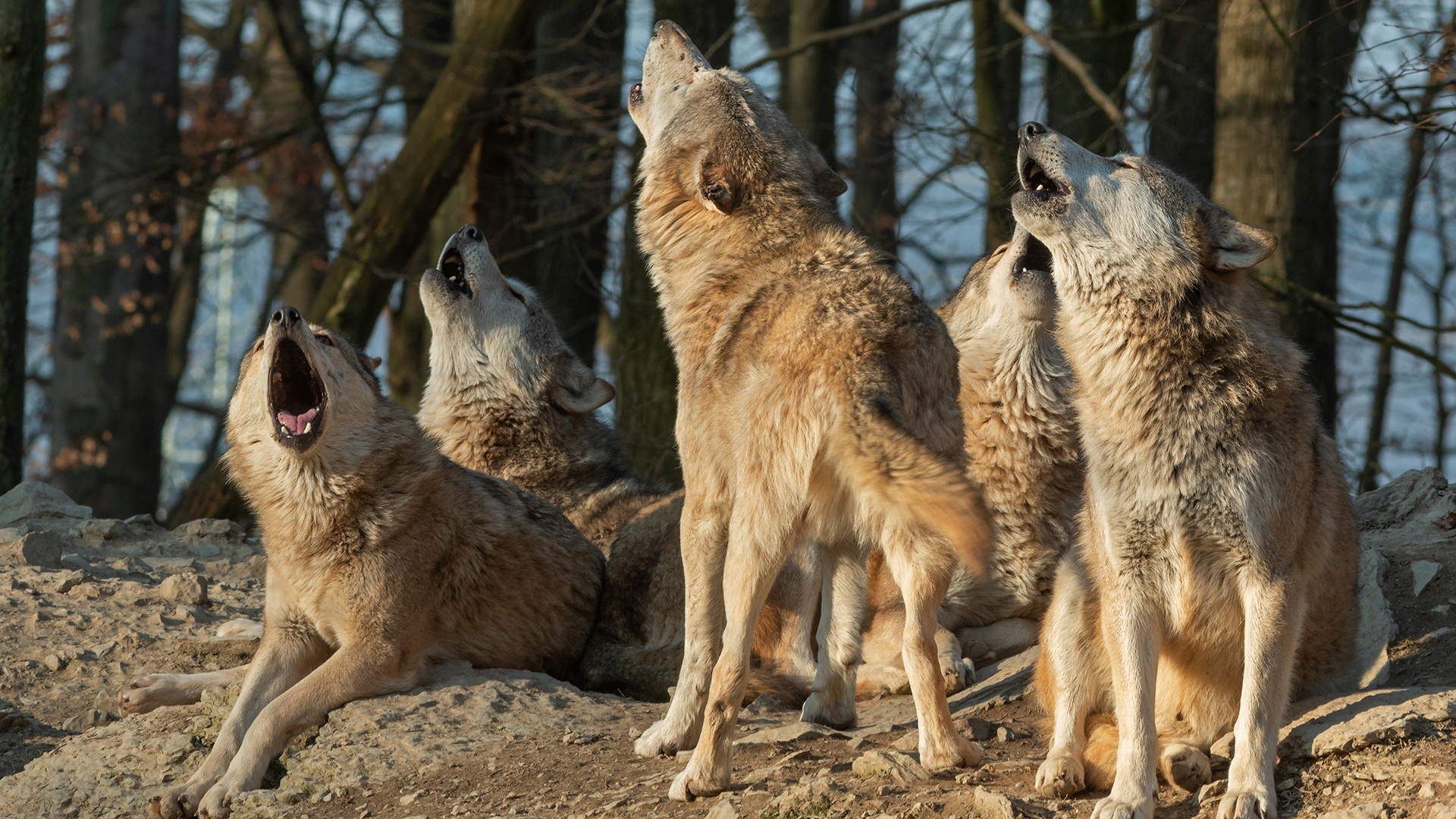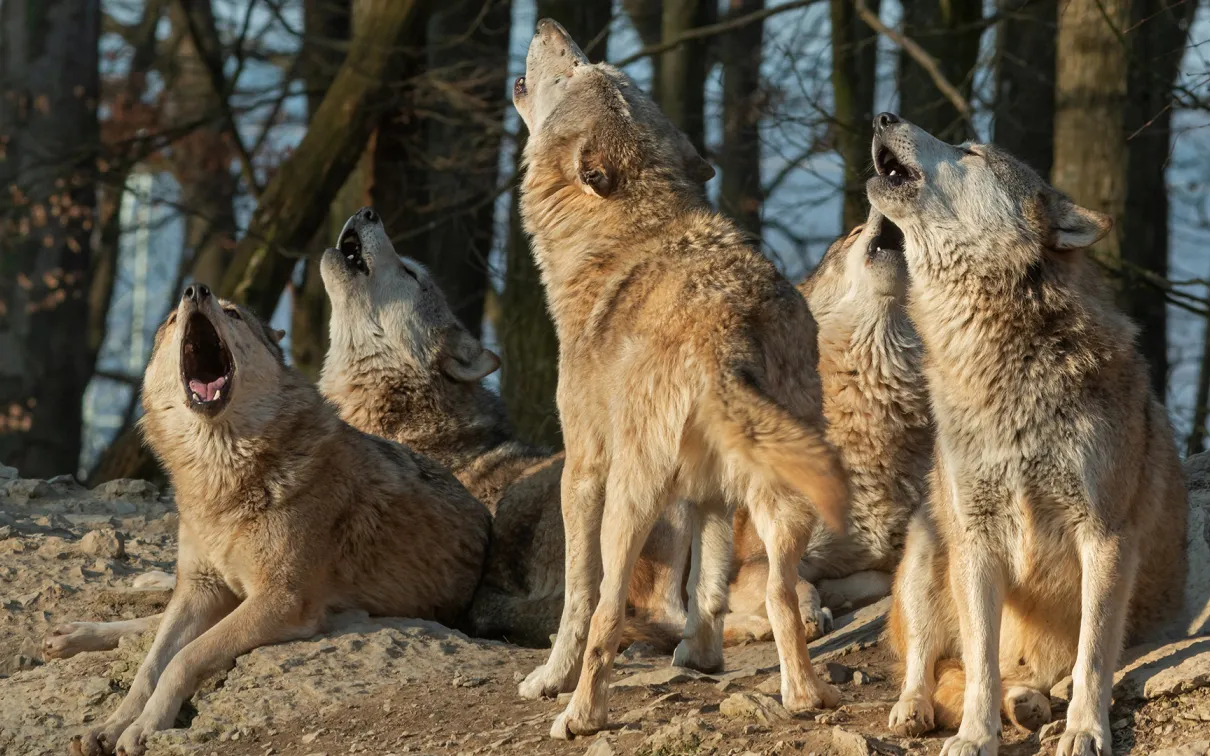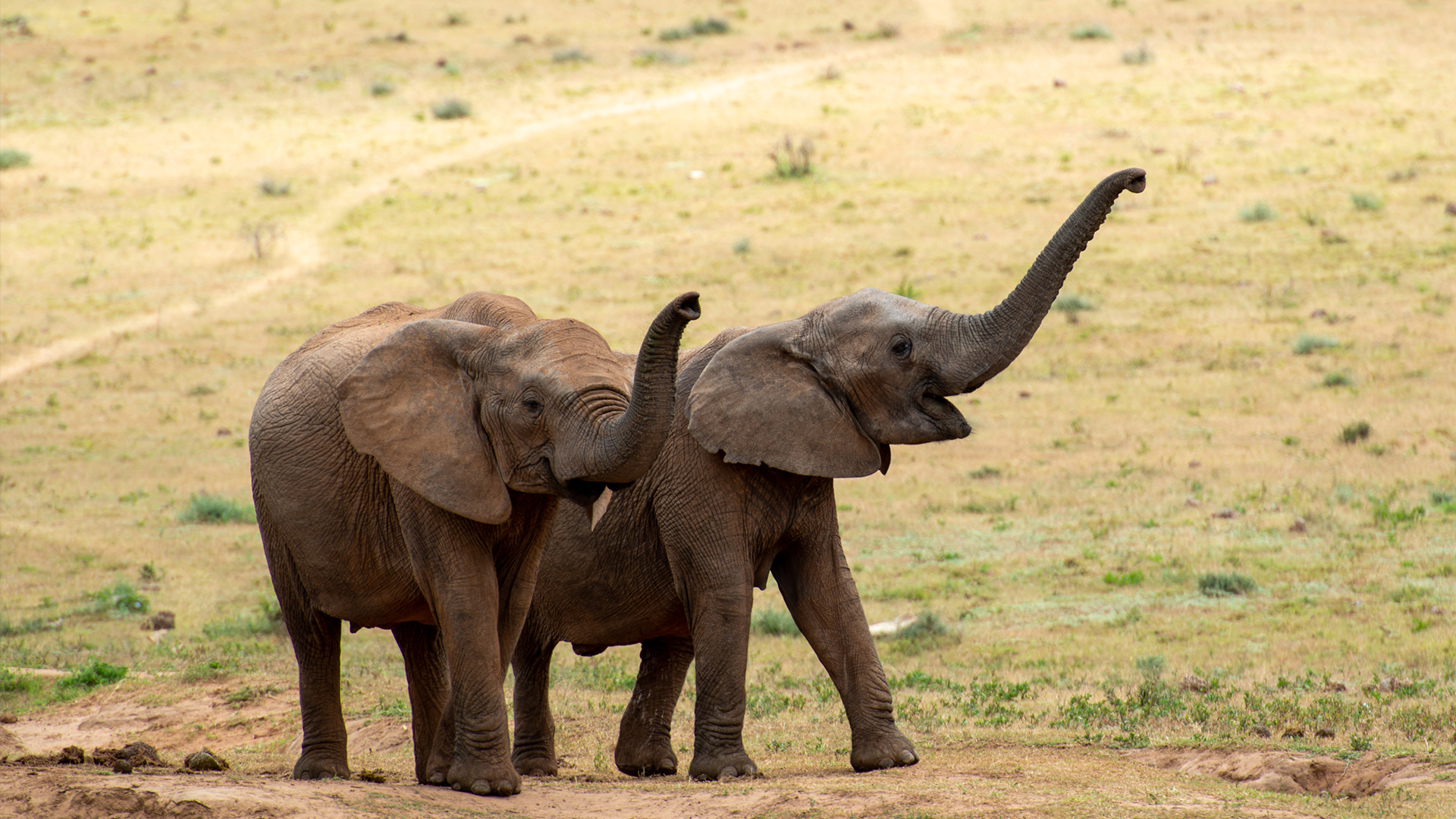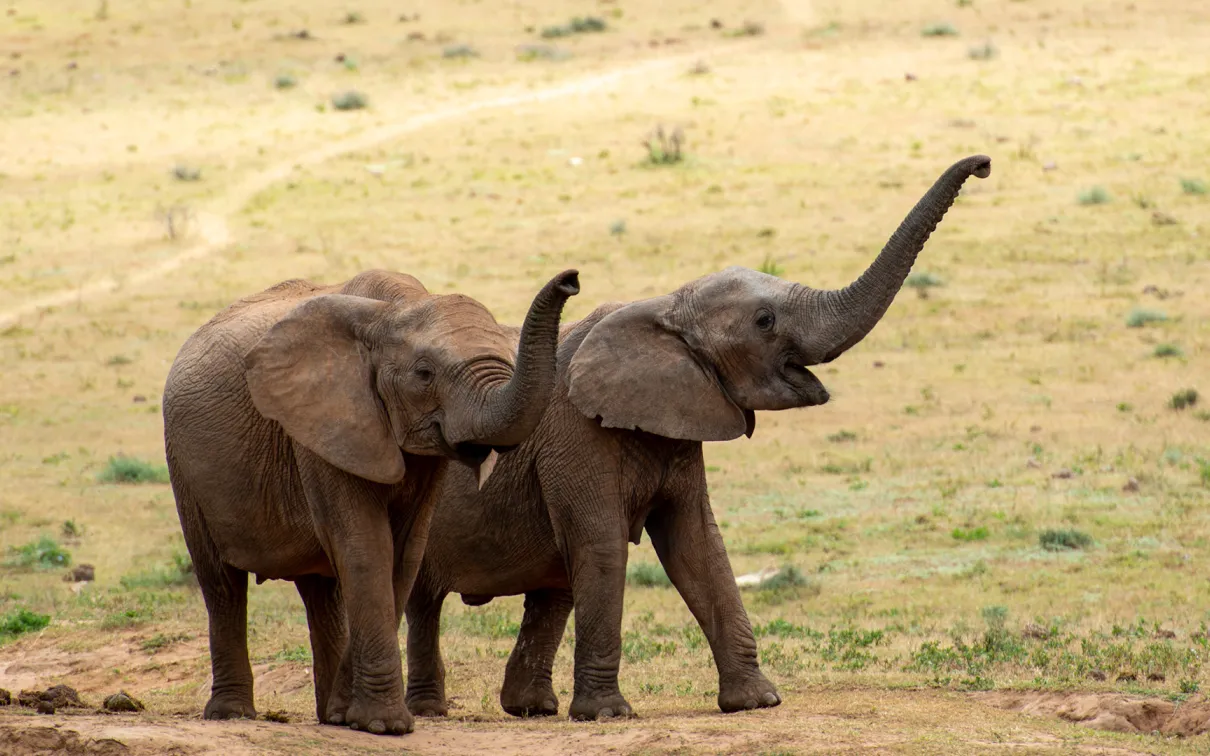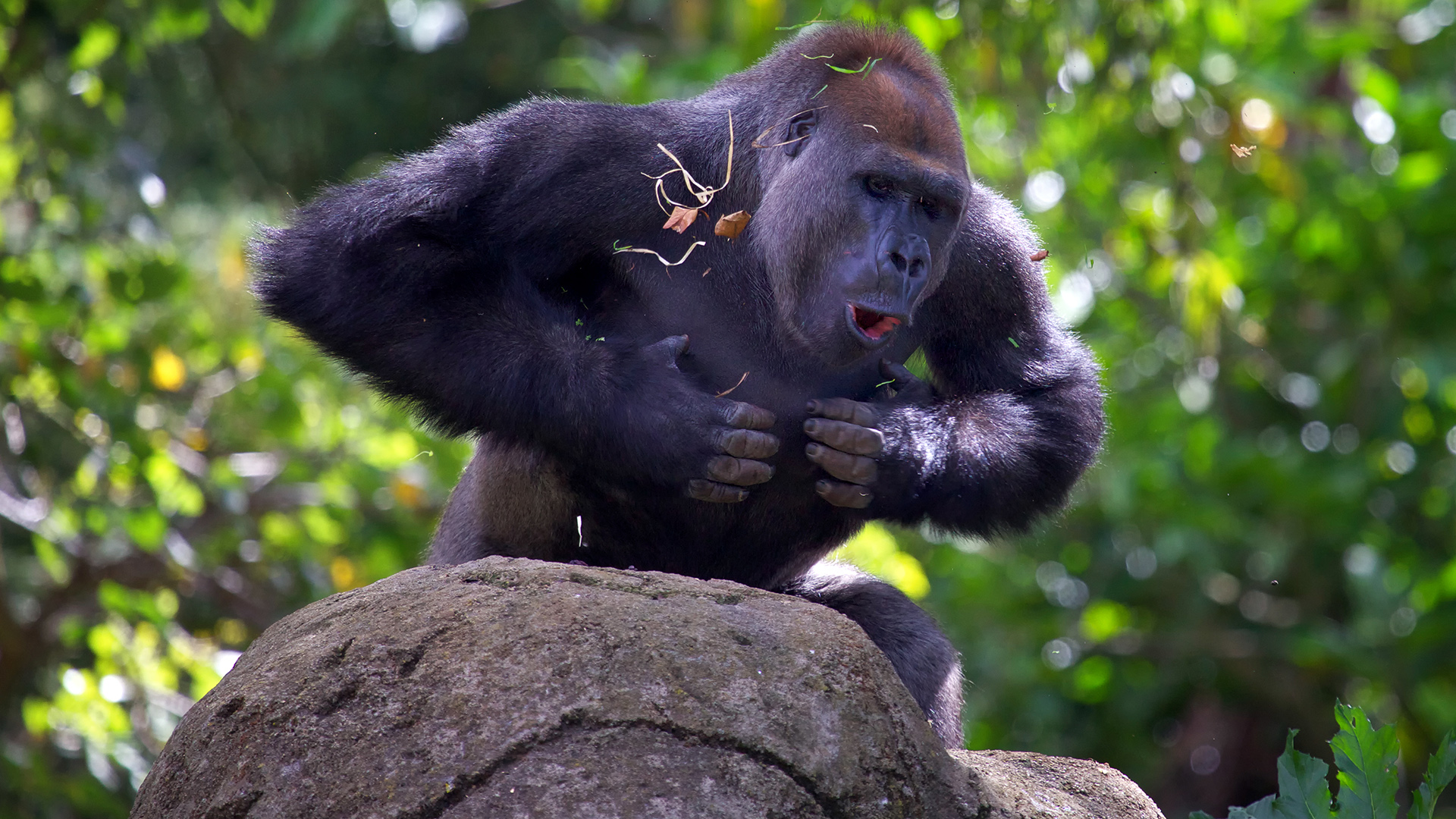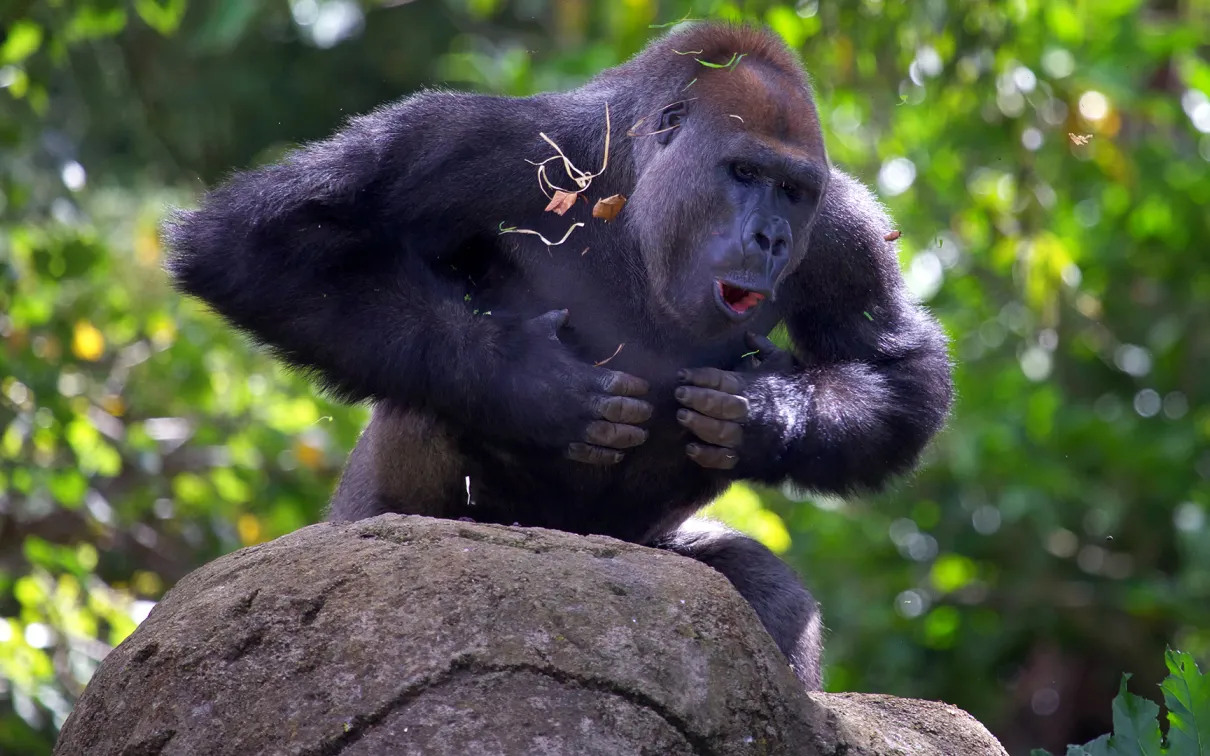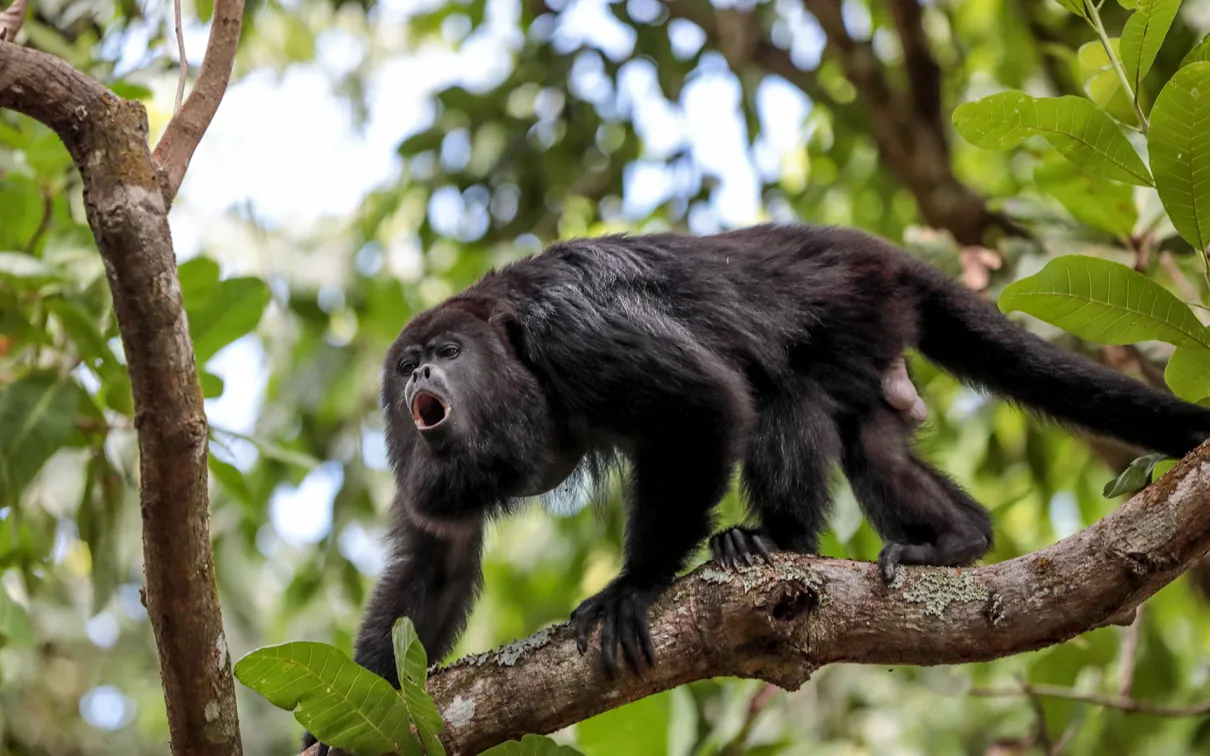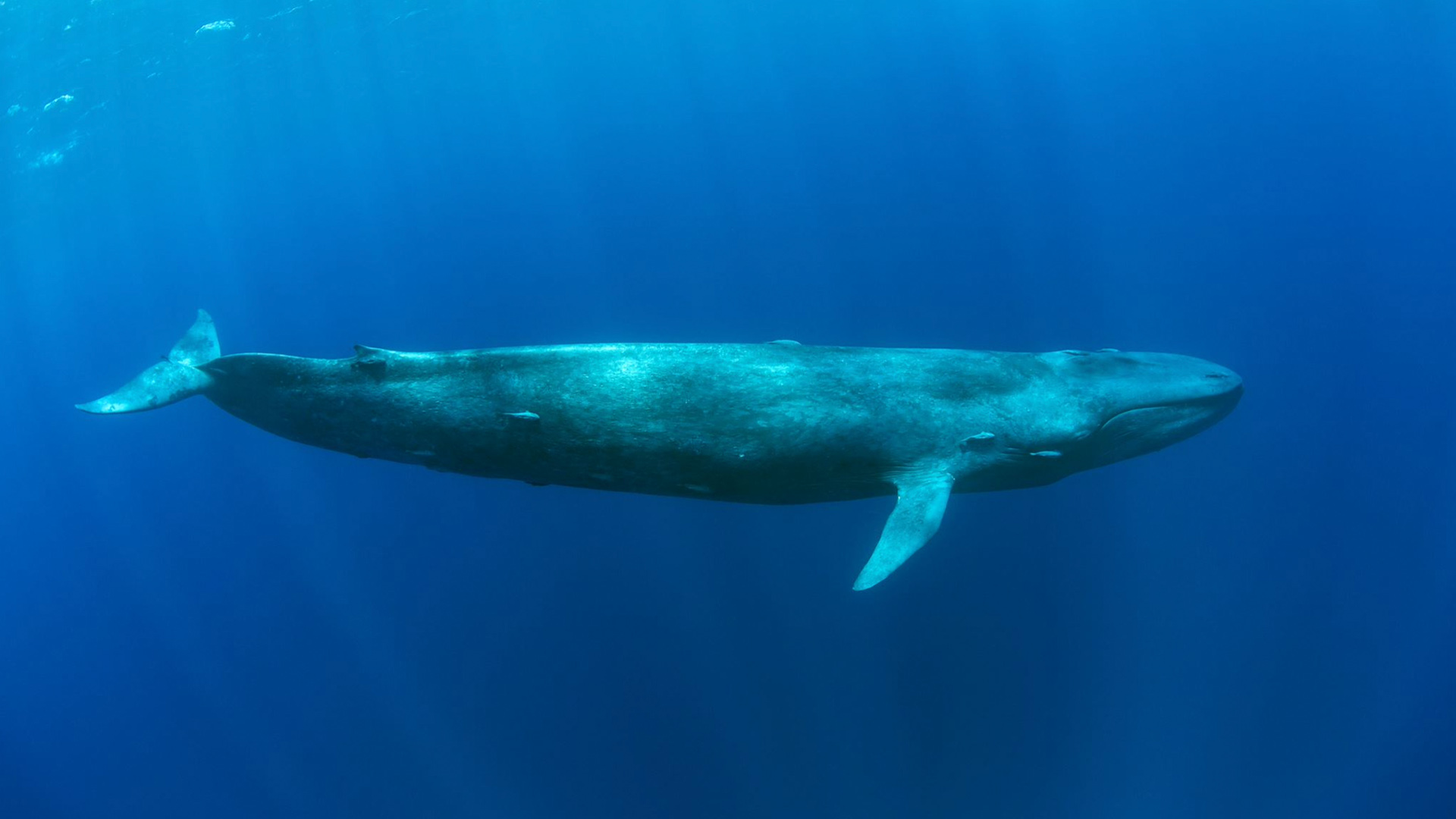Vital Sounds
From an elaborate song to attract a mate to a feverish call that signals danger, we look at how mammals use sound for communication.
Published
Category
Author

The natural world is full of sound and the diversity
The natural world is full of sound and the diversity of sound is rich across species. Among vertebrate organisms, sound is an important conduit for communication. It can signal danger, court a partner, or be used as a tool to help with navigation and finding food.
Sound can be produced by a variety of bodily structures. Rattlesnakes shake an acoustic tail organ to warn. Cicadas expand and contract a “tymbal,” an exoskeleton structure on their abdomen, to make their characteristic shrill hum. Porcupines can rattle their quills to signal their intent.
Other mammalian species can communicate information using seismic percussion, ranging from the foot-drumming of kangaroo rats, to the head-thumping of naked mole rats. For most mammal species however, vocal sound is the most common and versatile form of acoustic communication.
When mammals communicate vocally, they transmit an extraordinary amount of information—from stating what species they are, to their individual identity, fitness, location, and motivation. Such information transfer underpins the chorusing of highly social, group or pack-organized mammals such as wolves and howling monkeys, the duetting of gibbons, and even the songs of whales. Whether sound is used socially, for finding food, or for navigation, relaying reliable information is paramount.
Some messages animals send to other animals are
Some messages animals send to other animals are highly repetitive and associated with specific contexts—they are “ritualized.”
In the animal world, ritual often replaces costly actions like fighting, although display ceremonies can escalate to combat. Ritualized use of sound also has an advantage over physical displays in that it does not require the evolution of metabolically costly elaborate features such as horns, antlers, or manes. Nor does it require choreographed movements. Sound can relay information about size and intent even without being seen. It can communicate a variety of situations and conditions, including emotional state.
A little-known essay, “The Expression of Emotions in Man and Animals,” by Charles Darwin considered the emotional capacity of animals. For Darwin, all animals, not just humans, experience a range of emotions: pleasure, misery, sorrow, happiness, excitement, anger, fear. He also observed that large animals tended to vocalize with a lower pitch than small animals. If sound producing structures such as vocal cords and larynx scale with size, then Darwin’s observation represents an “honest” relationship between pitch and body size. This correlation is best reflected in an animals’ resting pitch (fundamental frequency, or, f0). We all loosely recognize this correlation; young children have higher-pitched voices which get lower as they grow up.
However, Darwin also noticed that animals in a submissive state tended to produce higher-pitched sounds and behave in ways that diminished their appearance of size and competitiveness, such as lying down, cowering, or exposing the belly. Conversely, an aggressive animal, or one expressing dominance, produces lower-pitched, often coarse sounds, and behaves in ways that tended to increase their appearance of size (such as raising a head, arching a back, raising fur). So, now vocal signals could be both “honest,” reflecting true size, and “dishonest,” projecting being larger and dominant, or smaller and submissive.
Others have since tried to formalize these ideas into “rules,” searching for a means to interpret motivation from the sounds animals make. When watching animals compete or court, the use of such vocal strategies is intuitive—how to avoid a fight, how to get along, and even how to win over a mate can be strongly influenced by an animal’s use of sound.
How Mammals Communicate with Sound
Vocal signaling can be pliable. Simply altering pitch and time in vocal signals can convey new information regarding physical condition, and changing emotional state. Most mammals used their larynx and respiratory tract, to produce sound. Vocal cords, a pair of fleshy folds that can both constrict and relax, vibrate at different tensions and rates as air is passed forcibly between them. These different tensions and vibration rates produce different sound frequencies, or, tones. Tension is controlled by small muscles in the larynx that adjust the position of cartilage elements supporting the folds.
However, other structures in mammals
However, other structures in mammals can also contribute to the production and modification of sound. Structures peripheral to the larynx can influence sound production and its modification. Just like vocal cord length, the size of these structures can affect things like pitch.
Changes in the shape and length of the upper airway also affect vocal sound. Most people will recognize the hallmark trumpeting of elephants. Though only one aspect of a rich vocal repertoire in elephants (that even includes infrasound), trumpeting uses an accessory structure (the elongated trunk) to modify sound. The sound originates from the vocal tract and gets amplified and modified as air is pushed through the trunk.
There are other ways besides accessory structures to extend the upper airway. Some animals behave physically in way that increases resonant space, altering the quality of sound.
Most people are familiar with the signature profile of a howling wolf—head raised, neck extended and mouth agape. One rather unfamiliar example is the diminutive mice of the genus Scotinomys. The Scotinomys species (singing mice) produce a staccato-like song that drops in pitch slightly with each note. These songs can be over a hundred notes long and can last several seconds. When producing these songs, Scotinomys may rise up on their hind legs and extend their heads right back, possibly to improve the projection of their songs, making them more directional.
In other mammals, air sacs connected to and lying around the upper airway can also be involved in sound amplification and resonance. These air sacs can be extensive and their inflation is under respiratory control. Some well-known species make use of air sacs to produce loud sounds that are part of a display.
Gorillas, like most primates
Gorillas, like most primates, have a diverse vocal repertoire. Some of their ritualized behaviour associated with aggressive confrontations involves sound, however, doesn’t involve vocal cords or the mouth. Ever see a big, male gorilla beat its chest? The resonant, tympanic sound is the result of air sacs of the upper airway that are so large, they penetrate into the soft tissue of the chest, creating a veritable percussion drum when filled with air.
Other primates have air sacs that inflate in their throats and contribute to the loudness and character of vocal songs. One of the craziest examples are the howler monkeys of the Neotropics. If you’ve visited the forest reserves of southern Mexico, Central or South America, chances are you’ve been woken up in the morning by howler monkey choruses. Used as a means of maintaining inter-group distance, the howler has an additional adaptation to amplify and project sound—a large extralaryngeal air sac, that is associated with an unusually large and capacious thyroid and larynx and is housed inside or underneath an inflated bone (the hyoid).
Gallery 1
The hyoid apparatus typically
The hyoid apparatus typically serves as a fulcrum for the actions of specific muscles of the tongue and upper airway. Having an inflated hyoid (really just the main part, called the basihyoid) provides the air sac with its own rigid, resonating chamber, greatly amplifying loudness.
There are other mammal species that have air sacs and accessory structures to produce or modify sound signals. These include whales. Whales have folds in the larynx that are homologous to vocal cords.
In baleen whales, there is an air sac associated with the larynx that serves as an air reservoir to the lungs. The activity of muscles that surround the laryngeal sac can cause it to contract, shunting air back to airway. Muscular relaxation allows the sac to expand with air from the lungs. The sum of this action is thought to contribute to the “pulsing” part of the songs made by baleen whales like the blue whale. All this happens, without even taking a breath!
Toothed whales, too, have air sacs
Toothed whales, too, have air sacs associated with the nasal passages. But they also have additional specialized structures to generate the sounds used for echolocation. High up in the airway passages, sound is generated using cartilaginous valves near the exit of the respiratory tract called phonic lips. Sound waves generated here passes through fatty and waxy masses in the forehead commonly called the melon (in the case of the sperm whale it is structurally more complex). This focuses sound before projecting out into the ocean.
Acoustic communication is essential
Acoustic communication is essential to mammals communing with one another. Coupled with associations of size and motivation, communicating with sound has become a fertile subject for both biological and social evolution as we seek to understand the social structures and sound rituals linked to mammalian interactions.
Jacqueline Miller
Jacqueline Miller is a Mammalogy technician at ROM.

